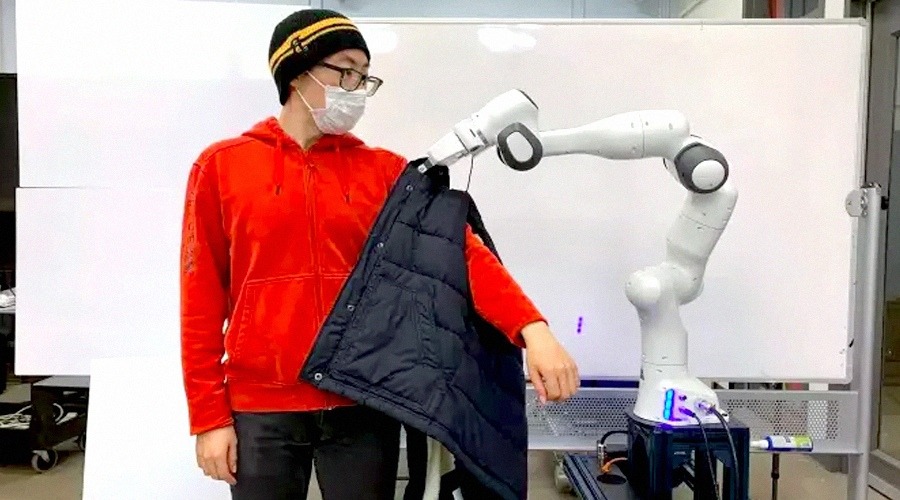2024-04-02
Latest Advancements in Combat Robotics: South Korea, Turkey, Belarus, and US Army

The world of robotics is constantly evolving, and the latest advancements in combat robotics are poised to revolutionize modern warfare. From South Korea to Turkey, Belarus, and the United States, nations are actively investing in the development and deployment of cutting-edge robot workers for military applications.
- South Korea's Foray into Unmanned Combat Robotics: South Korea has taken a significant stride in the robotization of its armed forces by handing over two units of ground-wheeled combat robots to the army for testing. This marks the first time the South Korean military has received unmanned combat robots for its armament. According to army sources, these robotic warriors will undergo rigorous testing for six months, evaluating their performance against predefined parameters. The South Korean command aims to achieve massive robotization of the army by 2024, addressing the nation's deteriorating demographic situation and the declining interest among conscripts to serve in the military. The plan is to create mixed units comprising both human personnel and robots, leveraging the capabilities of these robot workers for reconnaissance, supply operations, and tactical special operations.
- Turkey's Quest for Combat Robot Supremacy: Not to be outdone, the Turkish army has announced a tender for the purchase of combat robots, signaling its commitment to embracing robotic warfare. The Turkish Defense Procurement Agency's tender, set to conclude in August, has attracted four prominent robot manufacturers: Aselsan, Havelsan, Best Group, and Elektroland Defense. All participants have already passed the firing test, demonstrating their robots' capabilities with 7.62mm caliber machine guns. While the exact specifications remain confidential, it is rumored that the Turkish government may award contracts to multiple bidders to launch domestic robot production under an affiliate program, potentially driven by Erdogan's expansive policy towards the Kurds or his growing influence in the Middle East, particularly in Syria.
- Belarus Joins the Robotic Warfare Race: Belarus, under the leadership of its long-standing ruler, Alexander Lukashenko, has also set its sights on bolstering its army with domestically produced robotic systems. Lukashenko hopes that the robotization of the army will not only enhance military capabilities but also consolidate his oppressive regime's influence within the country, showcasing his innovative character to the world. The robotic installation, dubbed "Whistle," is a short-range unmanned ground vehicle designed for stealth operations. Equipped with 18 guides for firing 57mm rocket-propelled missiles, the "Whistle" can effectively engage enemy manpower, armored, and unarmored targets from a standstill at ranges up to 4 kilometers. With advanced remote control capabilities, secure communications, and electronic warfare countermeasures, the "Whistle" boasts impressive mobility, low ground pressure, and the ability to rotate on the spot.
- US Army Embraces Intelligent Robotic Coordination: The US Army has taken a significant step towards enhancing the coordination and communication capabilities of its robotic forces with the development of a new system called "psi-shape." This innovative method enables groups of autonomous robots to achieve their goals, avoid conflicts and duplication, and communicate with each other even in the absence of traditional communication channels. The psi-shape method assigns tasks to designated command robots, which then distribute information to other selected robots, ensuring that all units remain informed and coordinated without the need for direct communication. This approach not only enhances resilience and independence but also allows for conflict detection and resolution when communication is restored, enabling seamless collaboration among robotic teams.
As nations continue to invest in the development and deployment of combat robots, the future of warfare is poised to undergo a significant transformation. These robotic warriors, with their advanced capabilities, autonomy, and coordination, are set to redefine military operations, enhancing efficiency, reducing human casualties, and pushing the boundaries of what's possible on the battlefield.
Share with friends:
Write and read comments can only authorized users
